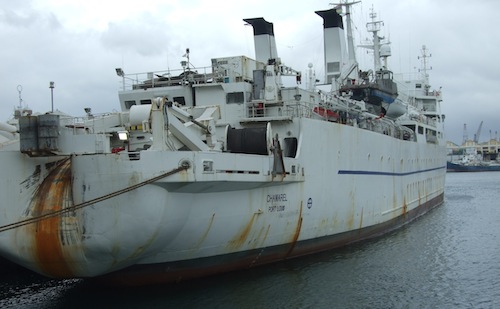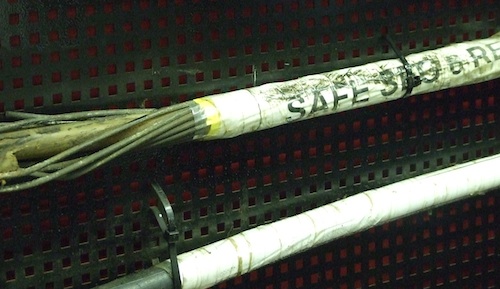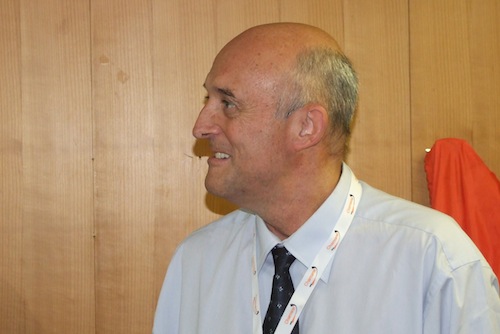
International telecommunications is an expensive business. Maintaining the networks of hundreds of thousands of kilometres of undersea fibre-optic cables that span the planet is a daunting task for telecoms operators.
The biggest cost associated with keeping these cables running smoothly involves the ships that have to be on standby at all times to repair any breaks that occur.
Anchored at Duncan Dock at Cape Town’s Waterfront is the imposing French vessel, the Chamerel, pictured above. The France Telecom-owned ship’s main purpose is to be available at a moment’s notice to fix any breakages that may occur along the Sat-3/Safe cable between SA and Senegal as well as a good portion of the cable’s length under the Indian Ocean between SA and Asia.
The Chamarel has sailed 18 times since the cable system went live in 2002, 11 times up Africa’s west coast — usually to do cable repairs in the Gulf of Guinea — and seven times into the Indian Ocean.
The vessel and its sailors have spent three months at sea this year repairing faults on the cable system or on the branching units that connect the system to countries in West Africa.
Average repair time is three weeks, though most of this time is usually spent sailing to the location of the break. For example, it takes a week to sail to Benin from Cape Town. Repair time is typically 2-5 days, depending on the severity of the break.
Most of the time, though, the Chamarel is docked in the Cape Town harbour.
It costs roughly US$10m/day to operate the Chamarel. Fuel is the most expensive component of the costs, with the vessel consuming up to 20t/day of the precious liquid.
International submarine cable breakages are surprisingly commonplace. The cables are vulnerable to fishing trawlers and ships’ anchors in shallower waters. Breaks don’t tend to occur in deep water, unless there is seismic activity.
Telkom, which owns 13% of Sat-3/Safe, has deployed a radar system at the cable system’s landing station at Melkbosstrand north of Cape Town to minimise breakages on the cable. The radar monitor shipping off SA’s west coast. If a ship enters the area and slows down — suggesting it’s about to anchor or start fishing — the cable station will immediately contact the marine or port authorities and ask them to intervene before any damage is done.
The system has proved effective: the last break off Cape Town was in 1992.


Subscribe to our free daily newsletter




